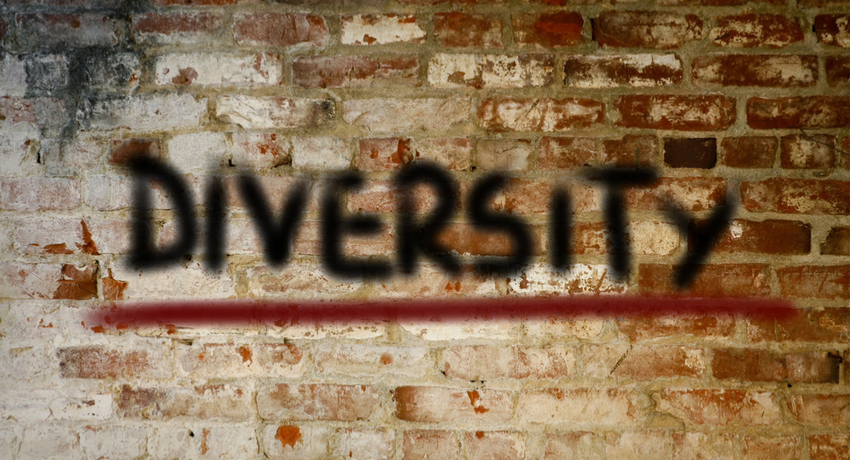Q1. Why did you decide to do this video?
I decided to do this video following a conversation with a senior member of professional services staff at my institution. Intersectionality was mentioned in this conversation and my colleague explained that they didn’t really know what it was, what it meant, or how to use it.
I was also conscious of the increasing importance being placed on intersectionality with equality and diversity work in higher education, and felt it was important for as many people as possible to have a short, clear and understandable way of engaging with the concept. I was also delighted that Stacy Bias was able to work her magic on the animation for this video.
Q2. What role should intersectionality play in public policy design?
It would be ideal if intersectionality was employed more often in public policy design particularly when it comes to issues of equality, diversity and inclusion. This will help ensure that the circumstances of a diverse group of people are improved rather than it only influencing a narrower group of marginalised people.
For example, gender equality initiatives that ignore intersectionality may only end up assisting relatively privileged white, middle-class, heterosexual women; adopting an intersectional approach to gender equality may help such an initiative to benefit a broader cohort, such as those who are marginalised not only as a result of their gender but also due to their race, ethnicity, class, sexuality, caste or indigenous status.
Q3. Do you think policy designers have their heads around this issue?
I think some policy designers have their heads around this but some don’t and some only use intersectionality as a buzzword without fully understanding its complexity and value.




